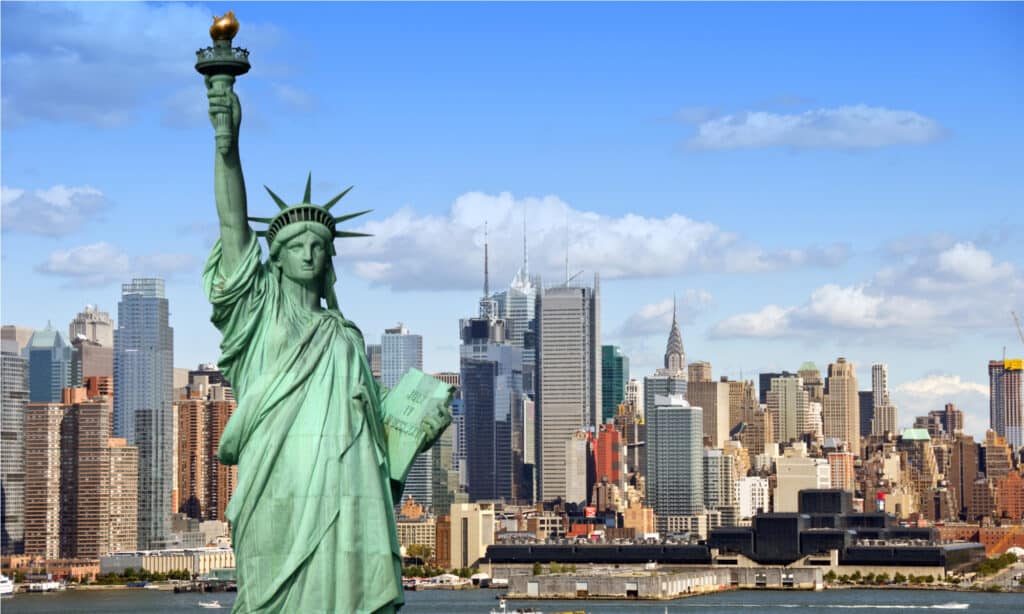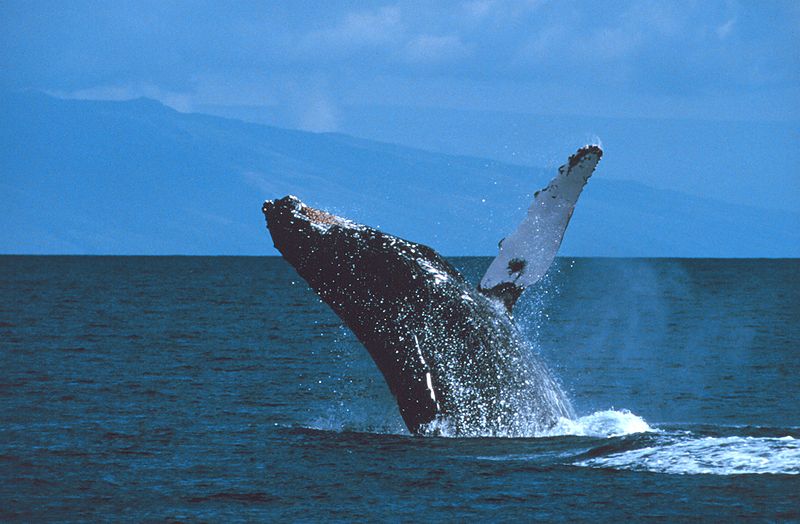While the Hudson River is not the largest in the United States, it is a long one that flows from north to south in eastern New York in the United States.
About 400 years ago, an expert English sea explorer named Henry Hudson discovered and explored the Hudson River. Before the English explorer ‘found’ the river, it was a haven and home for Native Americans, specifically the Mahican Indians that called the river Muhheakunnuk.
Soon after Henry Hudson explored the waters, Dutch settlers settled in the Hudson Valley using the water source for a strong food supply. Now, four centuries later, it has a maximum depth of 203 feet and is home to hundreds of animals, including bass. The river is also a popular bass tournament location.
Are you interested in learning how long it is? Keep on reading to find out the approximate length, width, and interesting information about this river.
How Long is the Hudson River?

The Hudson River is 315 miles long and is split between the Upper Hudson River and the Lower Hudson River.
©Akitzhaber/Shutterstock.com
The Hudson River is 315 miles long, which is about 507 km. About half of the river’s length is in the lower course, which is 150 miles (240 km) long. On average, the depth of the river is 30 feet, but some areas are as deep as 216 feet. Imagine trying to reach the bottom; you will be swimming for a long time!
To give more details about the measurements, near Haverstraw, the river is as wide as three miles, with a maximum depth of 216 feet!
Where Does it Start?
The Hudson River starts at Lake Tear of the Clouds in New York. This river is over three hundred miles long but only touches two states. The Lake Tear of the Clouds is specifically located in the town of Keene, in Essex County, New York.
You can find the lake 1,000 feet below the summit of Mount Marcy. There are elevations of this mountain of over 4,000 feet! At the start and in the surrounding areas, you can enjoy many activities. Camping is allowed in designated areas. Nature lovers can enjoy breathtaking views and active wildlife at the start.
There are also plenty of sources of water that feed into it, including the Feldspar Brook and the Opalescent River. The river is also home to a massive dam. The Federal Dam officially divides the river into the Upper Hudson River and Lower Hudson River. In the Lower Hudson River, the water flows rapidly before meeting with the salty waters of the Atlantic Ocean.
Where is it Located?

The Hudson River flows throughout New York, with a small section touching New Jersey.
©shutterupeire/Shutterstock.com
We can find where the Hudson River flows by looking at a map. It is a major river in New York, but a section of the river flows through New Jersey before ending in Upper New York Bay between New York and New Jersey and close to the Atlantic Ocean.
Some parts of the river almost touch Vermont and Massachusetts, but they don’t come close enough. Many local New Yorkers know the Hudson River by its nickname the “river that flows both ways.” Major towns along the Hudson River include Jersey City, Poughkeepsie, Albany, and Highland.
What Animals Can You Find?

Humpback whales sometimes hunt for fish in the Hudson River.
©Achim Raschka – Public Domain
You can find a diverse range of wildlife in the Hudson River, especially since it is a perfect union of brackish and freshwater tidal wetlands. It primarily flows throughout New York, which is home to lots of fish and larger mammals.
For example, some animals you can find in or around the waters are fiddler crabs, killifish, river otters, bald eagles, herons, dragonflies, and other species of birds. In some parts of the Hudson River, you can also find saltwater animals like seahorses!
There are about 70 different species that call this river home. If you are lucky, you might even be able to see a humpback whale reaching for the sky! While whales rarely venture to it, if they are following a large school of fish, they can make it into the brownish waters. This is possible because the lower Hudson River near Manhattan is an estuary.
It shouldn’t surprise you to know that the Hudson River is also an extremely popular fishing river. For instance, the river is open to yearly sport fishing, but on a catch-and-release basis only. Most of the fishing competitions happen in the Upper Hudson River, which has many beautiful mountain streams and tributaries.
Largemouth bass and smallmouth bass are super common in the sparkling freshwater sections of the Hudson River before the saltwater mixes in. However, each year, there are fewer largemouth bass to catch in the waters.
The photo featured at the top of this post is © Songquan Deng/Shutterstock.com
Thank you for reading! Have some feedback for us? Contact the AZ Animals editorial team.







